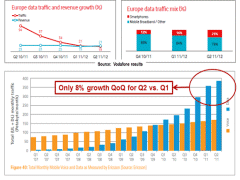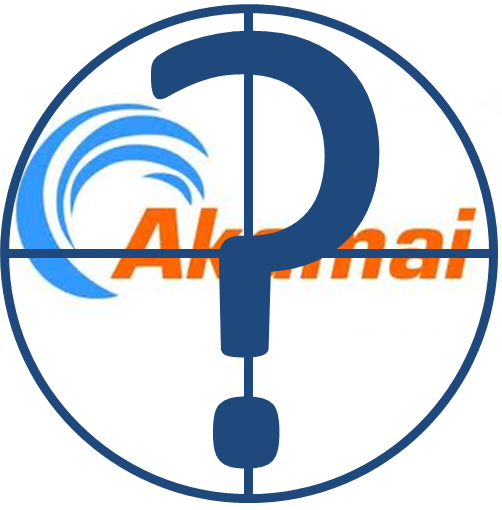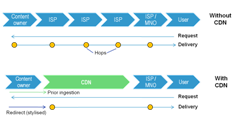
Fixed broadband access network disaggregation: State of play
Fixed operators see network disaggregation as a way to reduce deployment and operational costs, remove vendor lock-in, and combine residential, business and other types of access into a single infrastructure. This report examines progress and learnings from early movers.





